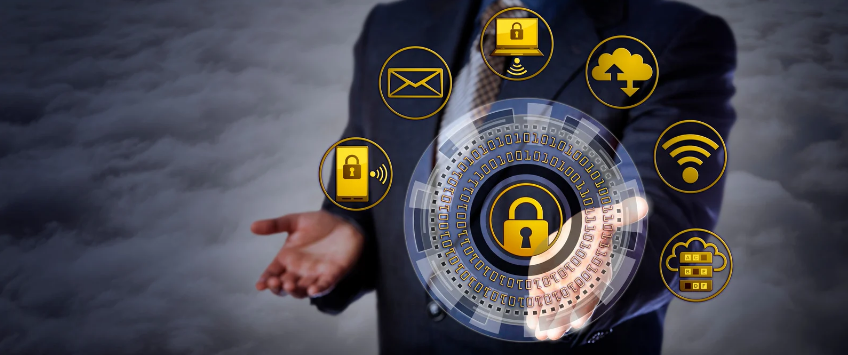
I'm always asked why cyberattacks are more frequent and sophisticated. To a large extent that frequency bias is due to greater detection. However, it's also critical to recognize that prevention means understanding threats, so we can do something about them.
Threat intelligence is becoming less of a buzzword every day, an is on track to becoming an essential part of organizational security strategies. Threat intelligence refers to the collection, analysis, and sharing of information about current or potential threats that could harm an organization. This intelligence helps businesses anticipate attacks, identify vulnerabilities, and make informed decisions to mitigate risks. By continuously monitoring these threats, companies can stay ahead of attackers and safeguard their assets, data, and reputation.
Why Companies Need Threat Intelligence
Threat intelligence is vital for companies because it provides actionable insights into the evolving tactics, techniques, and procedures (TTPs) used by cybercriminals. These insights enable organizations to:
- Identify Emerging Threats: Cybercriminals are constantly finding new ways to exploit vulnerabilities. With threat intelligence, organizations can detect these emerging threats early and take preventive action.
- Improve Incident Response: When a security incident occurs, threat intelligence provides valuable context that can help security teams respond faster and more effectively.
- Mitigate Risks Proactively: Rather than waiting to react to an attack, threat intelligence allows organizations to be proactive by patching vulnerabilities and shoring up defenses against known threats.
Key Threat Intelligence Sources and Resources
To build a robust threat intelligence capability, companies should rely on multiple sources of information. Some recommended resources include:
- Open Threat Exchange (OTX): A large crowd-sourced threat intelligence platform that enables businesses to share and access up-to-date information on cyber threats.
- Threat Intelligence Feeds from Security Vendors: Many cybersecurity companies like FireEye, Cisco, and Palo Alto Networks provide curated threat intelligence feeds that monitor new vulnerabilities, malware signatures, and attack vectors.
- Government and Industry Resources: Organizations like the Cybersecurity and Infrastructure Security Agency (CISA) and the European Union Agency for Cybersecurity (ENISA) offer valuable threat intelligence data.
- Industry-Specific Sharing Networks: Many industries have Information Sharing and Analysis Centers (ISACs), such as the Financial Services ISAC (FS-ISAC), which help organizations in a given sector share information about threats and vulnerabilities.

The Role of Threat Intelligence in Risk Management
Threat intelligence plays a critical role in an organization's overall risk management program. It works alongside other key components, including:
- Vulnerability Management: While vulnerability management focuses on identifying and fixing security gaps within systems, threat intelligence provides real-time data on the exploitation of those vulnerabilities in the wild. This enables companies to prioritize patching efforts based on which vulnerabilities are being actively targeted by attackers.
- Incident Response: When an organization experiences a cyber incident, threat intelligence can provide context about the attack, helping responders understand the motivation behind it, the attackers' methods, and how to stop it. Intelligence gathered post-incident also feeds back into the threat monitoring process to prevent future attacks.
- Cybersecurity Management: Threat intelligence informs overall cybersecurity strategies by helping organizations design defenses that are resilient to the latest threats. This includes deploying protective measures against specific adversaries or malware types based on intelligence data.
Which Major Industry Standards Prioritize Threat Intel?
Several industry standards emphasize the need for threat intelligence as part of cybersecurity and risk management practices. Notably:
- ISO/IEC 27001: This information security management standard calls for organizations to implement processes for identifying, assessing, and addressing security threats.
- NIST Cybersecurity Framework: The National Institute of Standards and Technology (NIST) framework stresses the importance of maintaining a current understanding of cybersecurity threats as part of its "Identify" and "Respond" functions.
- PCI DSS (Payment Card Industry Data Security Standard): Requires organizations handling cardholder data to monitor and respond to evolving threats to maintain the integrity of payment systems.
Threat Intelligence in Vendor Management and Due Diligence
Incorporating threat intelligence into vendor management and due diligence processes is a smart move for companies aiming to strengthen their supply chain security. By assessing the threat landscape, organizations can ensure that their third-party vendors are not introducing unnecessary risks into their operations. Regularly reviewing vendors' security postures using threat intelligence data helps businesses avoid breaches that could result from compromised partners.
Additionally, threat intelligence should play a part in technology change management. When companies introduce new technologies or upgrade existing ones, it’s essential to evaluate the potential security risks associated with these changes. Threat intelligence can highlight any emerging vulnerabilities tied to new systems or tools, enabling security teams to mitigate risks early in the adoption process.

We keep hearing that cyber threats are becoming more complex and targeted, threat intelligence is no longer optional—it's essential. By integrating threat intelligence into risk management programs, vulnerability management, incident response, and cybersecurity strategies, organizations can take a proactive approach to safeguarding their assets. Industry standards, vendor management, and technology change processes all benefit from incorporating threat intelligence, making it a critical component of any comprehensive security program.
As the understanding of threats continues to grow among decision makers, businesses that prioritize threat intelligence - or at least access to timely information that impacts their risk posture - will be better equipped to defend against the evolution of threats.

